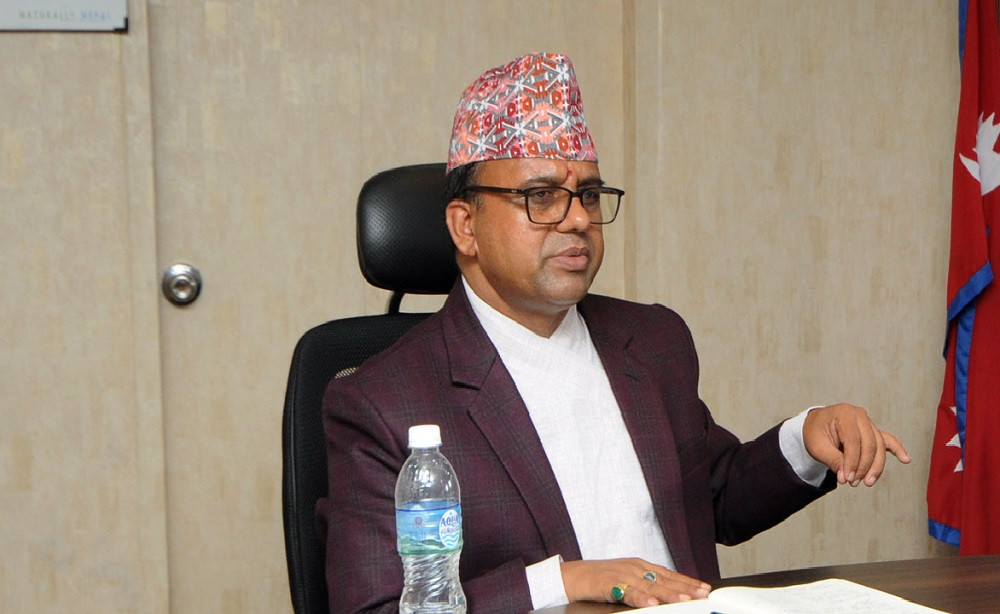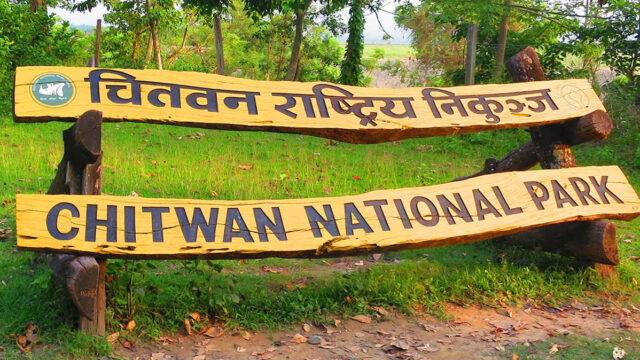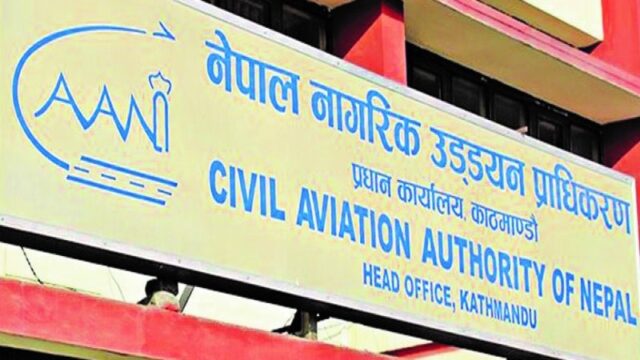In a significant address focusing on Nepal’s potential as a global religious destination, Minister for Culture, Tourism and Civil Aviation, Badri Prasad Pandey, underscored the importance of promoting religious tourism to attract a greater number of pilgrims, especially from neighboring spiritual giants, China and India.
Speaking at the inauguration of a five-day training session titled ‘Himali Bauddha Dharma ra Parampara’ (Himalayan Buddhist Religion and Tradition), organized by the Boudhanath Area Development Committee, Minister Pandey highlighted that many of Nepal’s religious and spiritual sites are not only sacred for Nepalis, but also hold deep spiritual significance for devotees in both India and China.
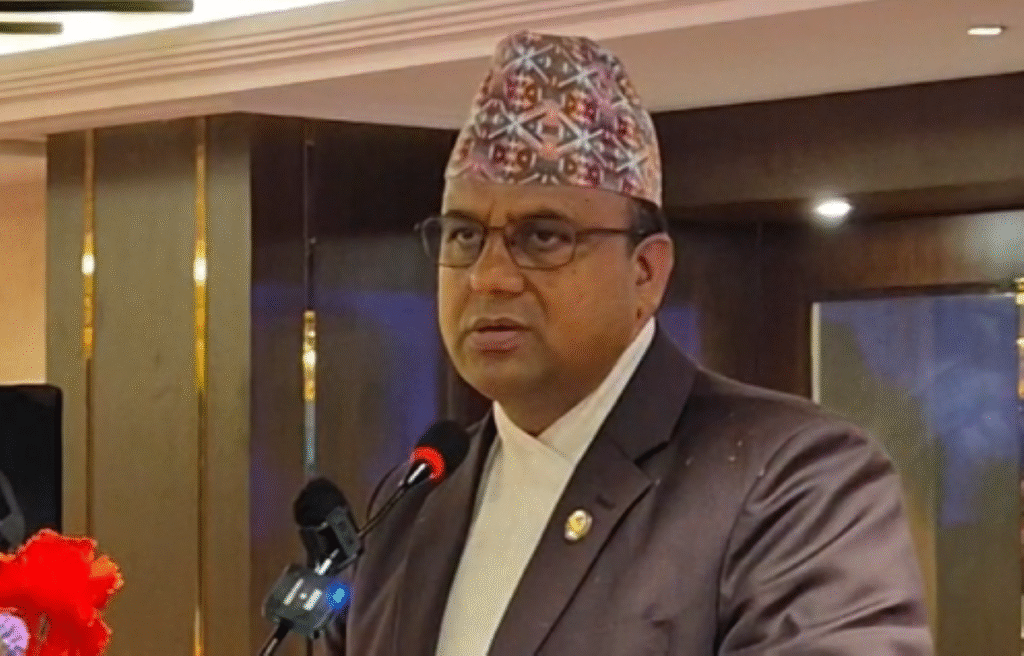
Nepal as a Shared Spiritual Hub
Minister Pandey emphasized that the land of the Buddha and Vedas, Nepal, stands as a spiritual nucleus for both Hindu and Buddhist traditions. With this in mind, he stated, “Many of our religious sites are revered by our neighboring countries as well. To bring more religious tourists from these regions, religious tourism promotion is not just important, it is essential.”
He added that sacred destinations such as Lumbini, the birthplace of Lord Buddha, and Pashupatinath, one of the holiest Shiva shrines, have tremendous potential to draw millions of pilgrims. According to the Minister, tapping into this cross-border religious sentiment can yield long-term benefits for Nepal’s tourism economy and cultural diplomacy.
Strategic Religious Tourism Promotion Needed
Minister Pandey noted that effective and systematic promotion of Nepal’s religious and cultural heritage is a pressing necessity. He explained that while Nepal boasts hundreds of spiritually significant sites, many remain underpromoted on the international stage. “If we can elevate the global visibility of our cultural and religious destinations, it will greatly help in expanding religious tourism,” he asserted.
Minister Pandey also highlighted the importance of tourism promotion campaigns that resonate with target audiences in India and China. “We need to speak in a language of faith and heritage. Religious and spiritual tourism should not just be about travel, it must be a pilgrimage, a soulful journey,” he remarked.
Government’s Commitment to Religious and Cultural Promotion
Addressing the training participants and the media, the Minister reiterated that the Government of Nepal is firmly committed to preserving, protecting, and promoting the nation’s religious and cultural identity. He added that the Ministry is working in collaboration with provincial and local levels to upgrade infrastructure around major religious sites, improve accessibility, and ensure pilgrims have a fulfilling experience.
He stressed that such coordinated efforts would make religious travel in Nepal not only spiritually enriching but also convenient and secure. “Tourism is not merely an economic activity, it is a bridge of culture and connection. In religious tourism, this truth becomes even more profound,” he said.
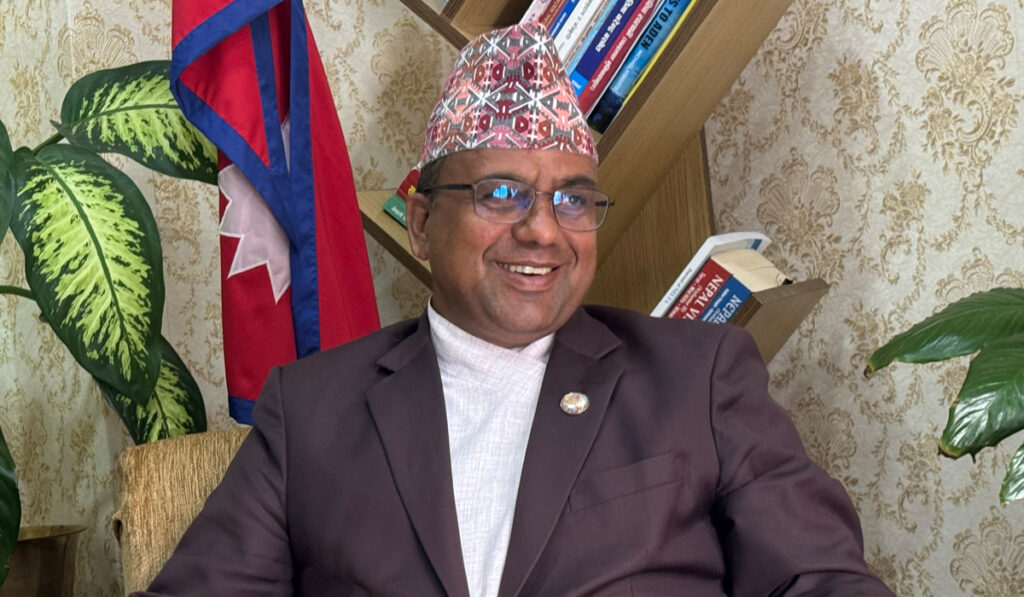
Role of Boudhanath and Himalayan Buddhism
The training program, being held at the iconic Boudhanath Stupa, a UNESCO World Heritage Site and one of the holiest Buddhist sites in the world, was aimed at deepening understanding of Himalayan Buddhist practices and heritage. The event attracted monks, scholars, tourism entrepreneurs, and cultural experts from various parts of the country.
Boudhanath is widely regarded as a spiritual epicenter of Tibetan Buddhism and a major draw for Buddhist pilgrims worldwide, particularly from the Himalayan belt, including Tibet, Bhutan, India, and Mongolia. In this context, Minister Pandey applauded the efforts of the Boudhanath Area Development Committee for organizing such meaningful programs that blend religious education with tourism development.
He noted that platforms like these offer an opportunity to deepen cultural knowledge and simultaneously encourage religious tourism by creating awareness and appreciation among both domestic and foreign visitors.
Religious Tourism and Economic Impact
Minister Pandey also linked the growth of religious tourism with broader economic development. He explained that religious tourists typically spend more time and money at destinations, often participating in rituals, buying local offerings, supporting homestays, and engaging in cultural tours. “If we build strong ecosystems around our spiritual sites, the benefit will ripple into local economies and national GDP alike,” he said.
According to tourism statistics, Lumbini alone receives over one million visitors annually, but Minister Pandey believes that number can be doubled with targeted efforts in marketing and infrastructure.
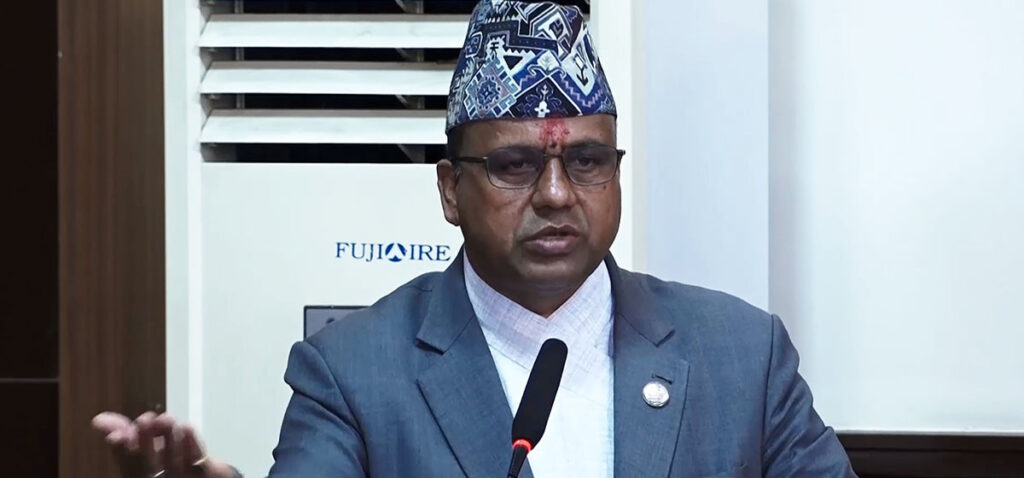
Way Forward: Collaboration and Policy Integration
In his concluding remarks, Minister Pandey called for greater collaboration between the government, religious institutions, private sector, and local communities. He stated that long-term planning and policy integration, such as religious route development, festival-based tourism packages, and spiritual trekking trails, could revolutionize the way Nepal is perceived as a religious tourism destination.
He urged stakeholders to be proactive and unified in realizing Nepal’s full potential as a sacred land that welcomes the faiths of millions. As the training session moves forward over the coming days, it is expected to yield further insights into how Nepal can bridge tradition with tourism, belief with business, and culture with connectivity.
